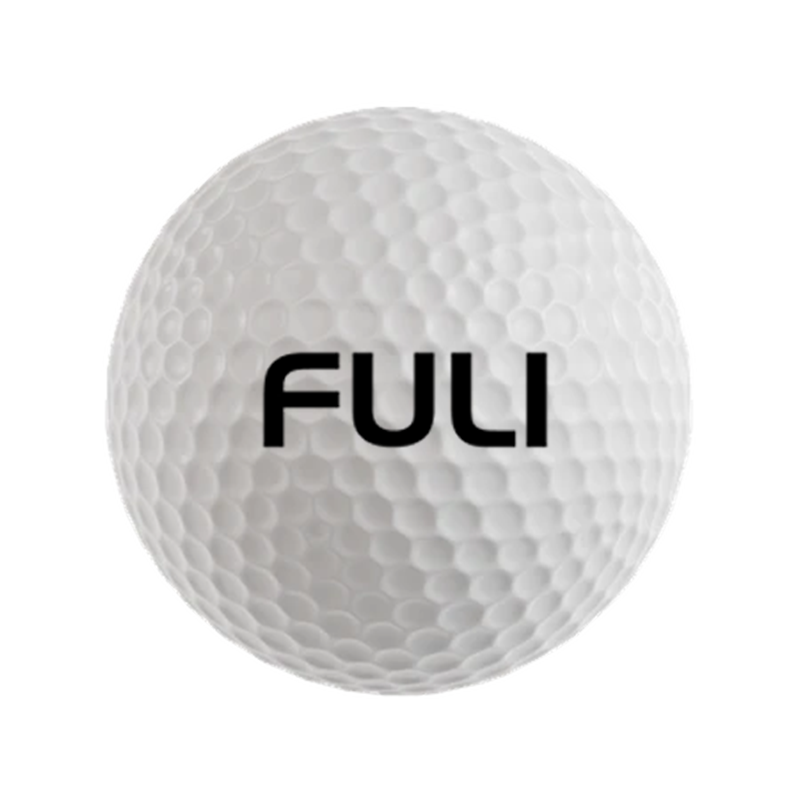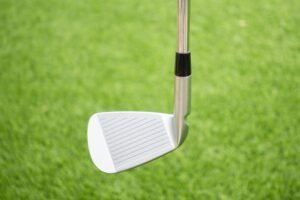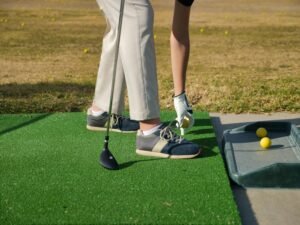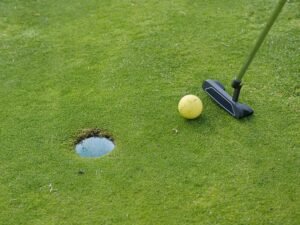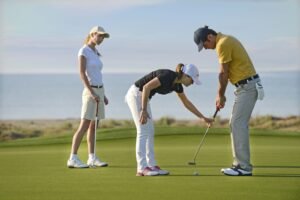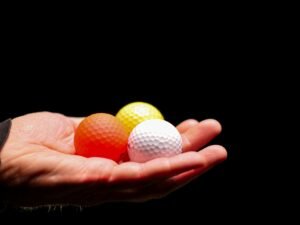
I hope you enjoy reading this blog post.
If you are looking professional golf manufacturer.
Research On The Similarities And Differences Of Testing Standards Of International Golf Authoritative Testing Institutions
April 7th, 2025
Golf is hugely popular all over the world. The fairness and standardization of the competition cannot be separated from the testing standards formulated by the international authoritative testing institutions.
The United States Golf Association (USGA) and R&A Rules are the world’s most influential and authoritative golf testing bodies. The standards they set play a key role in ensuring that the game of golf is fair and normative.
However, whether these criteria are the same or whether they change over time. Golf tests whether a change in standards will affect a player’s game strategy. How players should cope with the challenge of game strategy adjustment brought about by changes in golf test standards are all questions worthy of in-depth discussion.
The Similarity Of Testing Standards

The Basic Physical Parameters Are Consistent
From the point of view of similarity, the two are highly consistent in the provisions of basic physical parameters. Golf balls are strictly limited to 1.680 inches (42.67 mm) in diameter and 1.620 ounces (45.93 grams) in weight.
This uniform standard ensures consistency in the basic specifications of different brands and models of golf balls. It prevents players from gaining an unfair competitive advantage due to differences in size and weight.
Critical Performance Tests Are The Same
In terms of performance testing, both the USGA and the R&A focus on the initial speed and distance of the golf ball.
By controlling these two key performance indicators, the ball performance in the game is guaranteed to be in a reasonable range. It makes the results of the tournament more comparable and fair, and also maintains the traditional competitive characteristics of golf.
Differences In Testing Standards
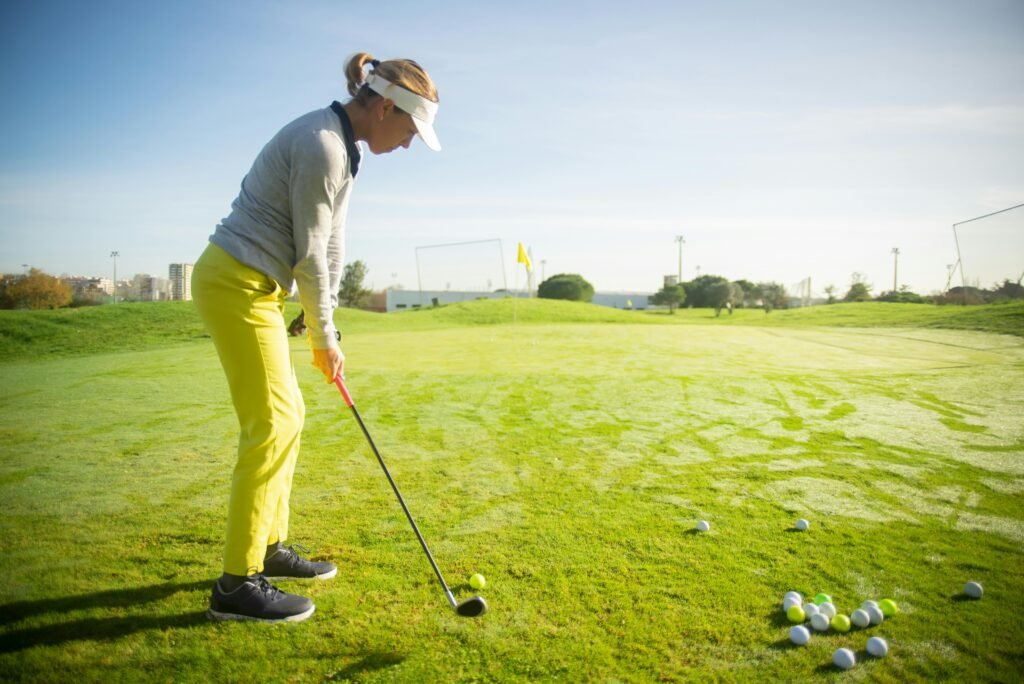
Test Methods And Equipment Details Differ
While there are many similarities, it is important to note that the USGA and the R&A’s testing standards differ markedly in some details.
In the test method and equipment details, the two have their own emphasis. The United States Golf Association uses advanced TrackMan equipment that utilizes high-speed cameras and radar technology. Accurately capture the flight path, speed, rotation and other data of the golf ball. And the special data analysis system is used to process and analyze these data in depth.
The R&A may use different brands and models of equipment for testing, and its data collection and analysis methods are different from the USGA.
For example, when calculating the rotation rate of the ball, the calculation models and algorithms used by the two are different. This can lead to different results on the same ball.
Different Attitudes Towards New Technologies And Materials
There are also significant differences in attitudes towards new technologies and materials.
The United States Golf Association is relatively receptive to new technologies and materials. New materials and technologies meet the basic performance standards set by the United States Golf Association. It can be quickly recognized and allowed to be promoted in the market and used in competitions.
For example, the USGA usually gives the green light to some new ball core materials. As long as they can be shown not to unduly affect the overall performance of the ball.
The R&A, on the other hand, is more cautious, conducting longer and deeper tests and evaluations of new technologies and materials.
The aim is to fully consider whether these new technologies and materials could adversely affect the tradition and nature of the game. When faced with a new technology that could significantly change the flight characteristics of a football. The R&A will organize multiple rounds of field testing. Expert reviews are invited to ensure there are no issues before adoption is considered.
Reasons For Changes In Testing Standards
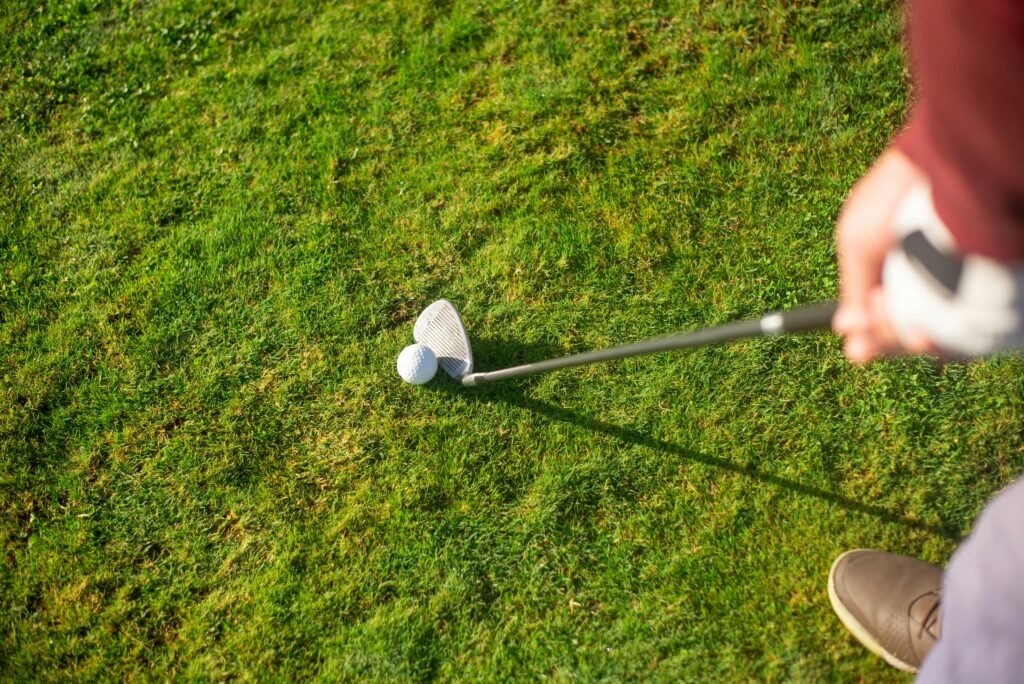
Technology Development Promotion
There is no doubt that the testing standards of the international golf authority will change over time.
From the perspective of technological development, golf ball manufacturing technology is changing with each passing day. New materials such as high-strength and lightweight composites are emerging. The new process continuously improves the performance of the ball.
These technological innovations have changed the flight distance, speed, rotation and other performance parameters of golf balls. In order to maintain the fairness and competition of the game, the testing institutions must adjust the testing standards.
For example, there has been a new type of ball core material, which greatly improves the elasticity of the ball. As a result, the ball flew far beyond the range of previous standards. Prompt testing institutions to revise relevant standards in a timely manner.
Sports Development Needs
From the perspective of sports development needs, the competitive level of golf is constantly improving. The physical and technical abilities of the players are constantly improving.
If the range of the golf ball is increased without limit, the design and game strategy of the golf course will lose its original meaning. In order to maintain the competitive and traditional characteristics of golf, the testing standards need to be adjusted in time.
For example, as players increase the power and accuracy of their shots, the distance of the ball does not change. It can make some challenging holes too easy and destroy the balance of the game.
Market And Industry Changes
Changes in the market and industry are also important factors for changes in testing standards. The golf market is constantly evolving and new brands and products are constantly flooding the market.
In order to maintain fair competition in the market and the interests of consumers, testing agencies need to adapt to market changes. Improve and update inspection standards to ensure that all products can be manufactured and sold under uniform specifications.
For example, when there are a large number of golf balls on the market that claim to have special properties. Testing agencies need to develop new standards to regulate the performance indicators of these products to prevent false propaganda and unfair competition.
Impact Of Research Results
In addition, the results of ongoing research conducted by testing organizations themselves will also prompt changes in testing standards.
With the deepening of the study of golf mechanics, material science and other aspects, there will be new discoveries and understandings. These research results provide a scientific basis for updating the detection standards.
For example, through the in-depth study of the flight trajectory and aerodynamics of the ball. When certain factors are found to have a critical effect on the flight stability of the ball. The test organization will adjust the relevant test standards accordingly.
The Influence Of Standard Change On Players' Game Strategy Was Detected

Batting Strategy Adjustment
Changes in golf testing standards will undoubtedly have a profound impact on players’ game strategy. In the batting strategy, if the detection standard causes the flight distance of the ball to be limited, the player will pay more attention to the accuracy of the shot.
When serving, it’s no longer just about power to get the maximum distance. Instead, they choose to use fairway wood or a mix of clubs. And try to hit the ball accurately on the fairway, creating favorable conditions for the next shot.
When the distance of the ball increases due to a change in the standard, on some longer or more difficult holes. Players may try to play more aggressive long-range shots, changing their conservative strategy.
Course Strategy Change
Course strategies may also change as testing standards change. For a long hole, a hole that originally required three pars to get on the green.
If the distance of the ball increases, the player can adjust to play two shots on the green. This requires players to change the choice of shots and the strategy of the second shot. For example, they may choose more aggressive clubs and lines of play.
Conversely, if the distance of the ball is shortened. Players need to re-plan the distance and landing of each shot, and pay more attention to the quality of each shot.
Club Selection And Stroke Technique Changes
In terms of club selection and stroke technique, the test standard has a very important effect on the flight stability of the ball.
If the flight stability of the ball is improved, players may be more inclined to choose clubs that offer higher trajectory and longer range. Because the increased stability of the ball means that even with a high ballistic club, the ball can land more accurately in the expected position.
On the other hand, if the stability of the ball is reduced. Players may choose clubs that focus more on accuracy and control to reduce the flight deviation of the ball.
At the same time, the hitting technique will be adjusted accordingly. Flying the ball with poor stability requires players to pay more attention to the control of the club face and the rhythm of the shot when hitting the ball. Minimize side spin and flight instability of the ball.
Green Perimeter Strategy Adjustment
Strategy around the greens will also be affected by changes in testing standards. When the test standard changes, the ball’s backspin decreases. Players need to adjust their chipping and putting strategies around the greens.
Less backspin means the ball is likely to roll an increased distance after landing, and players need to judge the ball’s rolling distance and line more accurately. There may be more of a putt or low flyball approach to the hole, rather than relying on high toss and strong backspin to stop the ball.
On the tee and on the green. Changes in the rotation characteristics of the ball will also affect the flight path of the ball and the rolling situation after landing.
For example, increased siderspin may make it easier for the ball to drift sideways after landing. Players need to anticipate and adjust the course and landing of the shot in advance. You can choose a place far away from the obstacle to avoid the ball rolling into the obstacle due to side spin.
Players' Strategies For Dealing With Changes In Testing Standards

Intensive Technical Training
In the face of the challenge of game strategy adjustment brought by the change of testing standards, players need to deal with it actively in many aspects. At the technical training level, targeted training is the key.
A change in skill caused by a change in standard. Players can set up target areas with different distances and orientations on the practice field. Strengthen precise batting training and improve the accuracy of batting.
At the same time, increase the variety of training. Use golf simulators to simulate various course environments and ball flight conditions to quickly adapt to new hitting techniques and strategies.
When changes in testing standards put new demands on strength or endurance, strengthen physical training. Through barbell squats, bench press and other exercises to enhance muscle explosive power, to provide greater power for the ball.
Optimize Equipment Selection
In the selection of equipment, the player should work closely with the professional teaser. The driver based on the player’s batting data, such as swing speed, stroke Angle, etc. Recommend suitable club model and parameters.
Actively participate in new product testing activities of golf equipment manufacturers. Try different brands and models of golf balls and clubs to choose the equipment that best fits your new strategy.
For example, when the flight stability of the ball is reduced. Choose a club that can compensate for the lack of stability and better control the flight path of the ball.
Study The Game And The Opponent
An in-depth study of the game and the opponent is also important. Players will use tournament data analysis tools to study the characteristics of different courses under the new testing standards. And the game data of other players, find out their own advantages and gaps with others, and make targeted game plans.
Before and during a match, carefully observe your opponent’s batting habits, strategy choices, and the way they respond to changes in standards. Analyze the opponent’s weakness and adjust your own game strategy.
Strengthen Psychological Construction
The psychological dimension cannot be ignored either. Testing standard changes bring pressure and uncertainty, players need to stay positive and see it as an opportunity to improve themselves. Boost your self-confidence through positive self-talk.
Have a strong psychological resilience, in the implementation of new strategies when setbacks, quickly put down the burden. Focus on the next shot, not affected by mistakes, and maintain a good game.
The testing standards of the international golf testing authority, the USGA and the R&A, have similarities in terms of ensuring fair competition. But there are differences in test methods and technical acceptance.
These standards change over time due to technological developments, sports demands, market and industry changes, and research findings. And these changes have a profound impact on the athletes’ competition strategy. Only by actively dealing with technology, equipment, tactics and psychology, can the athletes maintain a good state of competition under the constantly changing rules.
With the continuous progress of golf technology and the continuous update of sports concepts, the testing standards of the two will also continue to integrate and improve in the dynamic development. In order to better adapt to the long-term development of golf.
FAQS
How do I choose the right golf ball for my skill layer?
Beginners should start with two-layer balls for ease of use and affordability. Intermediate players might benefit from three-layer balls for better control.
Advanced players can explore four or five-layer options to enhance their performance.
Are more layers always better?
Not necessarily. While more layers can offer advanced performance features, they may not be suitable for every player.
Beginners might find multi-layer balls harder to control, while more experienced golfers can benefit from the added complexity.
What is Fuli lead time?
Usually, we ship orders in 2 weeks. But it will take a little longer if we have the heavy burden of production tasks. It also takes more time for customized products.
Can the weather affect the choice of golf ball?
Absolutely. In colder weather, a softer ball might provide better feel, while in warmer conditions, a firmer ball might maintain distance better.
Additionally, wet conditions may call for balls that offer better traction and control.
How often should I change my golf balls?
Golf balls should be replaced if they show visible signs of damage (scrapes, cuts) or if you notice a decline in performance.
Regular players may want to change balls every few rounds, while casual players can go longer.
Leave a Reply
Your email address will not be published. Required fields are marked *
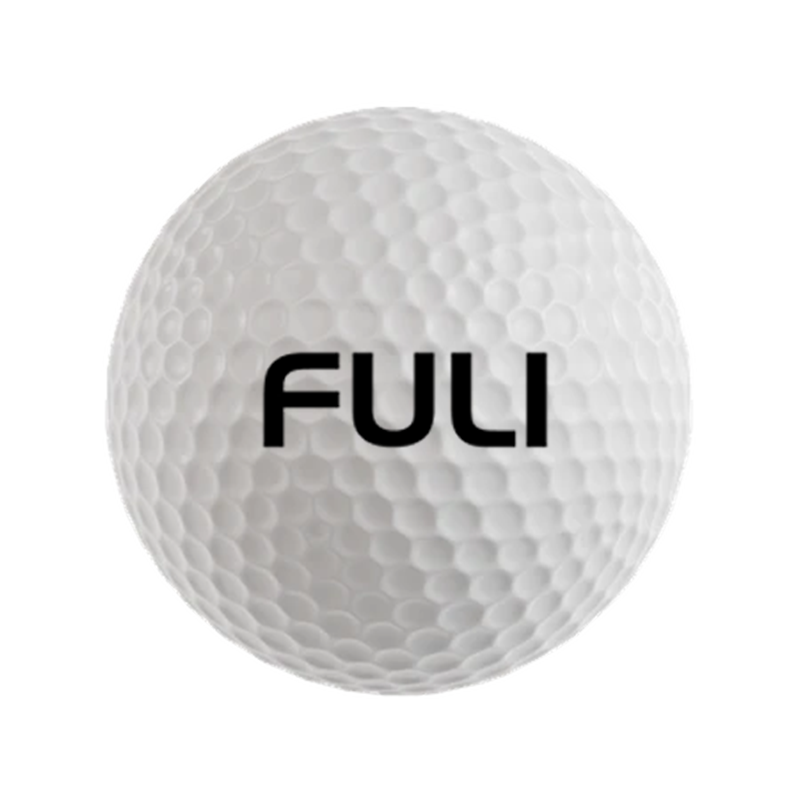
Are you looking for
GOLF BALL?
Offers Suitable Golf For Wholesalers And Professionals

